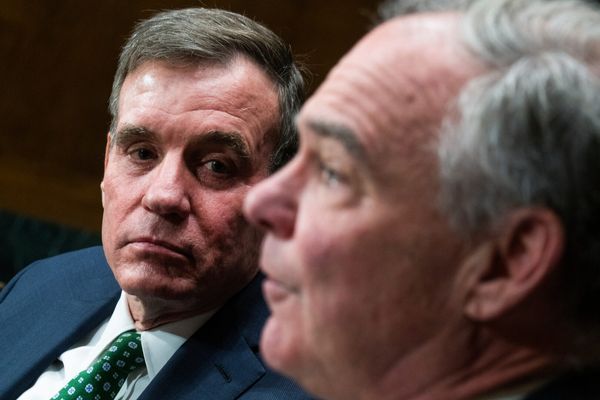
Retailers enjoyed a solid sales period during April, buoyed by the Easter holidays and the further easing of COVID-19 restrictions.
However, inflation pressures are impacting businesses, which are struggling to find staff against the backdrop of an unemployment rate around its lowest level in half a century.
According to the Mastercard SpendingPulse, which measures in-store and online retail sales across all forms of payment, retail sales rose 9.9 per cent in April compared to a year earlier, led by a 20.3 per cent jump in electronics sales.
“Whilst overall retail sales continue to increase, so too does the cost of doing business with inflationary pressures impacting operations,” Australian Retailers Association CEO Paul Zahra said.
“We’re also seeing many households start to tighten their budgets with interest rates now on the rise.”
The Australian Bureau of Statistics will release the labour force report for April later on Thursday, the final major economic report before voters go to the polls on Saturday.
Economists expect the report will show the jobless rate fell to 3.9 per cent, its lowest level since 1974, and down from four per cent in March.
Employment is expected to rise by 30,000 in the month.
There has been a steady decline in the unemployment rate since hitting 7.4 per cent during the COVID-19 recession, in large part due to the lack of skilled migration as international borders were kept shut as a result of the pandemic.
Mr Zahra says there are more than 29,000 job vacancies in the retail industry alone.
“Without the usual numbers of overseas workers and students, these gaps won’t be filled using traditional recruitment methods,” he said.
He supports calls for the gaps to be filled by pensioners and mature aged workers and allow them to supplement their income by exempting them from the age pension income test.
A further decline in the unemployment rate will fuel expectations of a further rise in the cash rate when the Reserve Bank of Australia board meets in June.
However, Wednesday’s sluggish wages figures suggest the RBA won’t be lifting the cash rate by any more than 25 basis points, matching its first increase in a decade earlier this month as it fights ballooning inflation.
The minutes of the May RBA board meeting released on Tuesday showed there had been some discussion on raising the cash rate by a larger than usual 40 basis points.
But with wages growing by just 0.7 per cent in the March quarter to an annual rate of 2.4 per cent – less than half the rate of inflation at 5.1 per cent – economists see little urgency for a big hike at this stage.
However, Barrenjoey Research chief economist Jo Masters says the case to lift monetary policy from crisis settings remains.
“We continue to expect the RBA to raise rates by 25 basis points at the June meeting, taking the cash rate to 0.6 per cent, and to 1.60 per cent by year-end,” she said.







